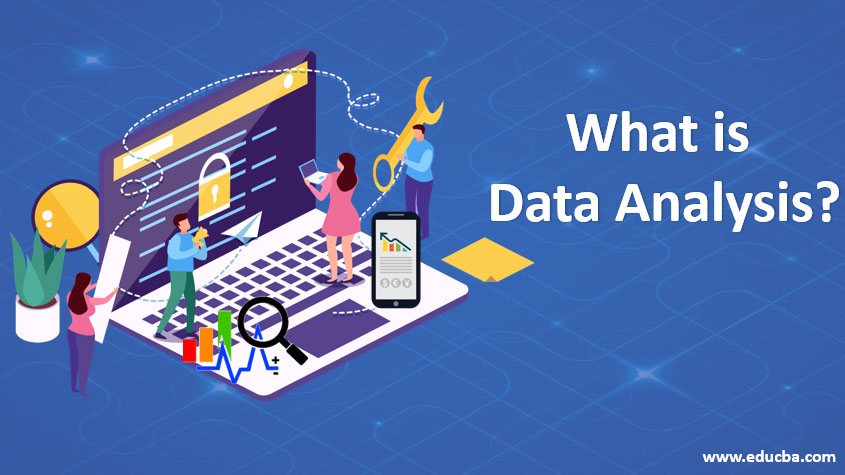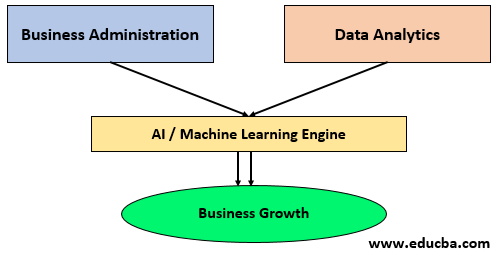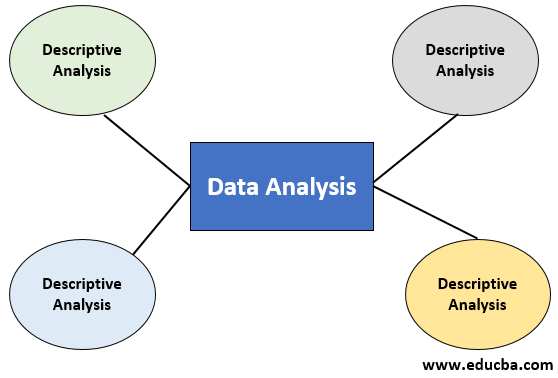
Introduction to Data Analysis
Data analysis is defined as the technique that analyzes the data to enhance productivity and business growth by involving processes like cleansing, transforming, inspecting, and modeling data to perform market analysis, gather hidden insight into the data, improve business study, and for the generation of the report based upon the available data using the data analysis tools such as Tableau, Power BI, R and Python, Apache Spark, etc.
It refers to analyzing data to enhance productivity and grow business. It is the process of inspecting, cleansing, transforming, and modeling the data.
Why We Need Data Analysis?
We need Data Analysis basically for the reasons mentioned below:
- Gather hidden insights.
- To generate reports based on the available data.
- Perform market analysis.
- Improvement of Business Strategy.

Who is a Data Analyst?
A data analyst is a person who collects data from various sources and the structure and models to find a pattern to generate the report. Various industries try to gather diverse data to create a model out of it. For example, manufacturing sector companies record various parameters like queue status for manufacturing units and how it can be synchronized with other units such as quality assurance, packaging, and storage to ensure minimum downtime. The idea here is to reduce a resource’s idle use, which will boost productivity without impacting the cost. Like the manufacturing industry, other industries like the gaming industry keep track of the rewards for their user, and food delivery companies can keep track of the eating habit of the people in certain demographic structures.
Basic Steps Required
Now we are going to discuss some basic steps of Data Analysis:

Step 1: The primary task here would be to profile the data. In the current structure, most of the traditional industry is not even aware of the data they already have, as in earlier days, there was no clear distinction between interaction data and transactional data. Therefore, the biggest challenge in implementing Machine Learning or AI is finding out where and how the data lies. This involves data profiling with a huge amount of data and finding properties like data correctness, data completeness, null percentage, and relevance and categorization of the available data.
Step 2: Then, we must store those data using any unstructured data storage method. This is the same as processing unstructured data via big data infrastructure already in place. The storage infrastructure of the modern era is different from traditional RDBMS. Now the big data infrastructure can extract information from unstructured data like a Facebook comment or a message sent via email.
Step 3: The next step would be to build a model after categorizing and grouping data. Once a data model has been prepared, the system will extract information.
Step 4: Once the data starts flowing then, various data like interaction data and transactional data can be correlated and processed to establish a pattern that will not only be able to create a report on historical data but also will be able to define a clear strategy for the future when fed into an AI engine.
Types of Data Analysis
The various types are explained below.
1. Descriptive Analysis
This kind of analysis tells the business what went right and what went wrong example coma when a restaurant knows that those users who ordered the pizza once kept reordering. Still, there is no reorder for their risotto. it gives the restaurant hint that they should improve the recipe of their risotto and keep the focus on pizza to keep the business running.
2. Diagnostic Analysis
This tells you why something happened if you take the example of BlackBerry; the data shows as the iPhone market started booming with their touch screen phones with no keypad, the sales of BlackBerry mobile phones declined and made this company lose its market share significantly. This is a real-life example of Diagnostic analysis.
3. Predictive Analysis
This kind of analytical strategy tells a business what is likely to happen. Another real-life example of this would be the case of Kodak. They were very late to realize that film photography would eventually be extinct and the new future would be digital, so their predictive analysis failed, and others like Nikon, Canon, and Sony captured the market. Kodak was so late to jump into the digital camera market; it was already over for them.
4. Prescriptive Analysis
This analysis is to understand and describe the future course of action to grow or sustain the current business. Generally, companies use machine learning techniques and algorithms to define business rules in the future. An example of this could be any telecom company understanding that calls will be less prioritized as phones are getting better at computation. The focus will increase on the consumption of mobile data.
Popular Tools Used
Let us look into some widely used data analysis tools along with some tools which are market leaders in this segment:
- Tableau: It can create a data visualization, dashboard, and analysis report after connecting to various data sources. This tool works on unstructured data and is therefore compatible with Big Data.
- Power BI: Previously, it was an extension to MS Excel. Later it became a separate tool. It is lightweight and gets updated frequently.
- R and Python: If you like custom coding and customization, then R and Python is your option. R is better for statistical analysis, while Python has box data analysis libraries inbuilt.
- Apache Spark: Apache Spark is a fast, lightweight, and large-scale data processor that executes data from big data clusters and can rapidly process a huge chunk of data.
Conclusion
We can say that using data properly can give a new set of insights to any business, which will ensure effective resource utilization and a better understanding of the customer and market, which eventually will result in business growth.
Recommended Articles
This is a guide to What is Data Analysis? Here we discuss the introduction, types, why we need data analysis, and popular tools used. You can also go through our suggested articles to learn more –


